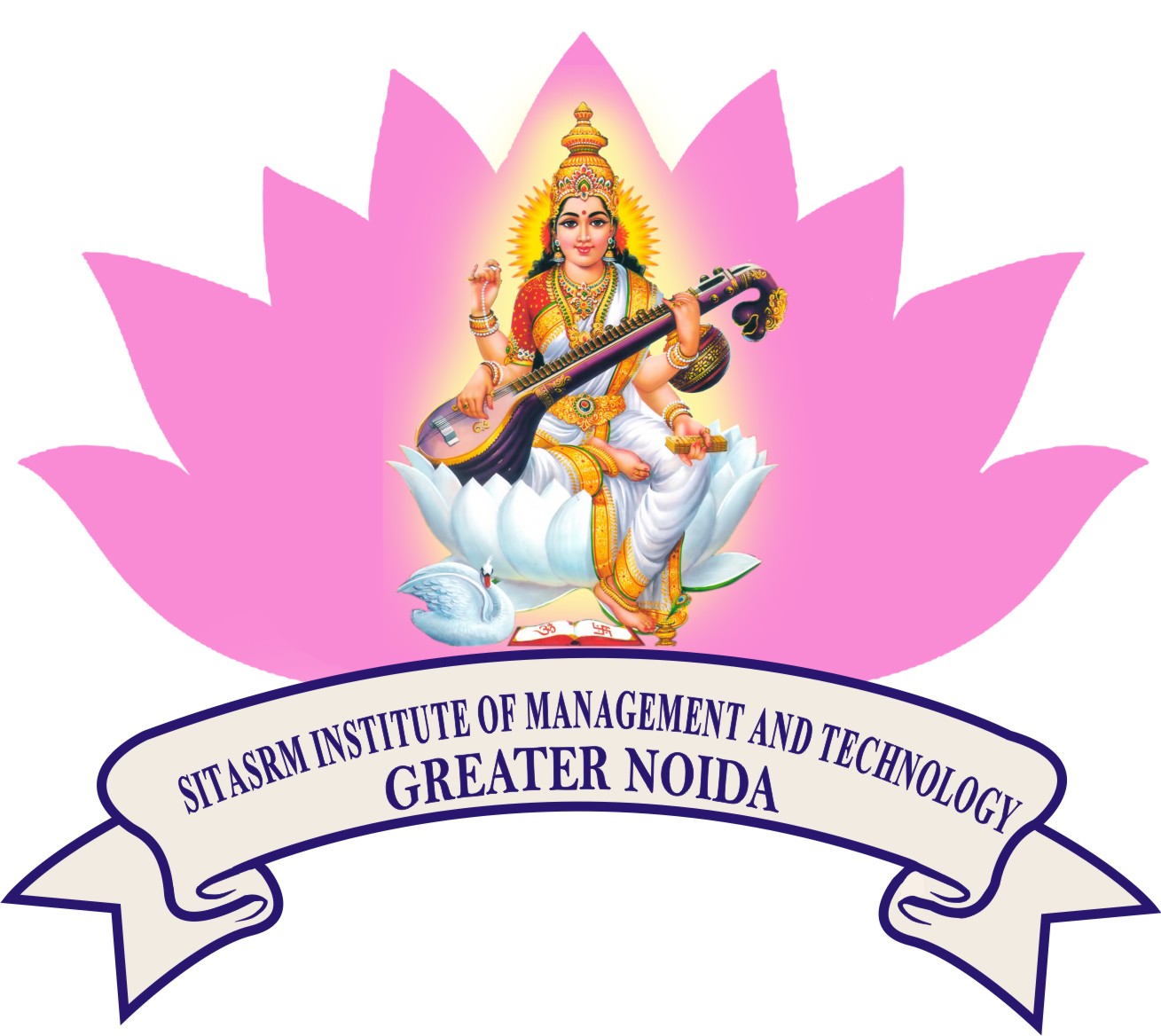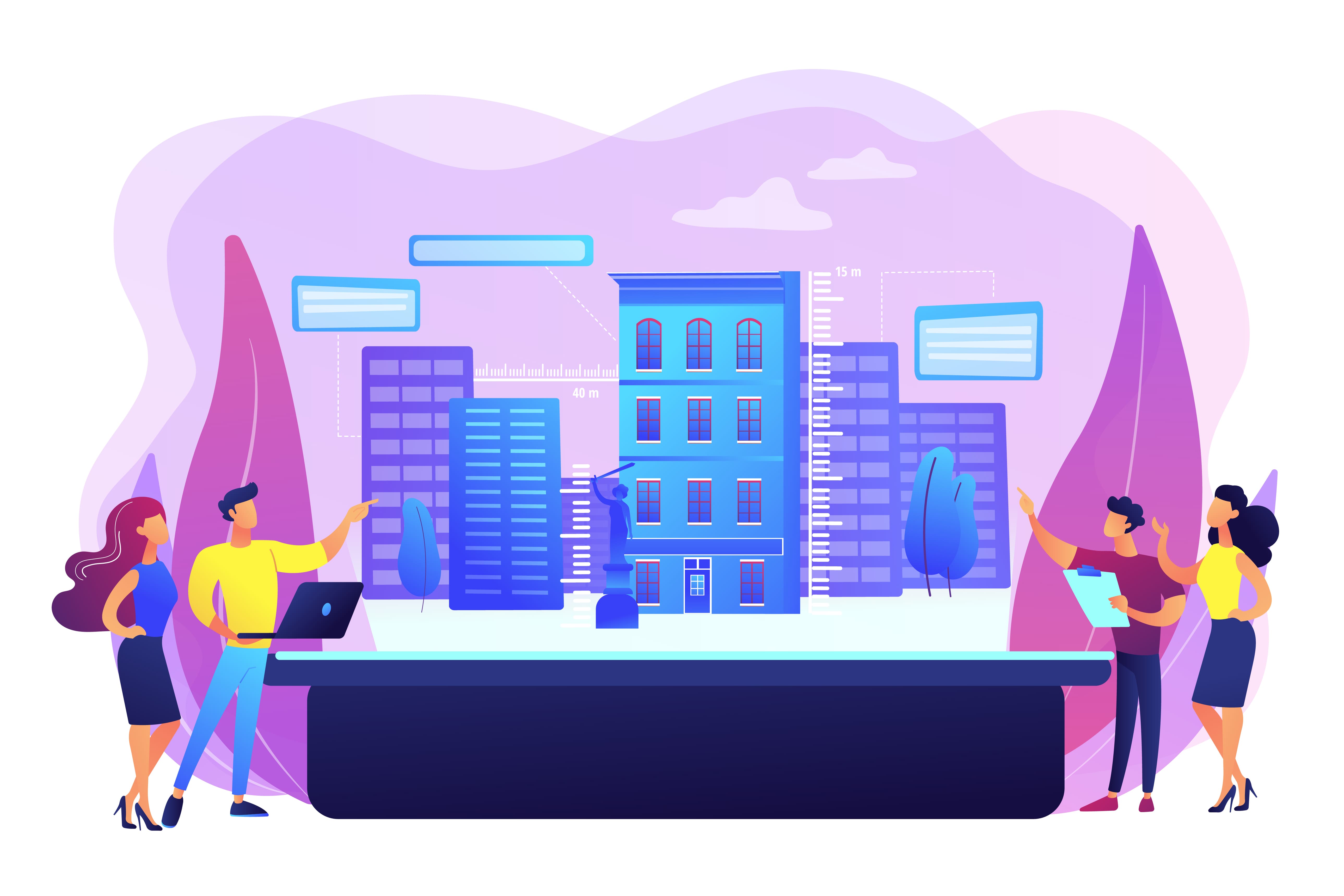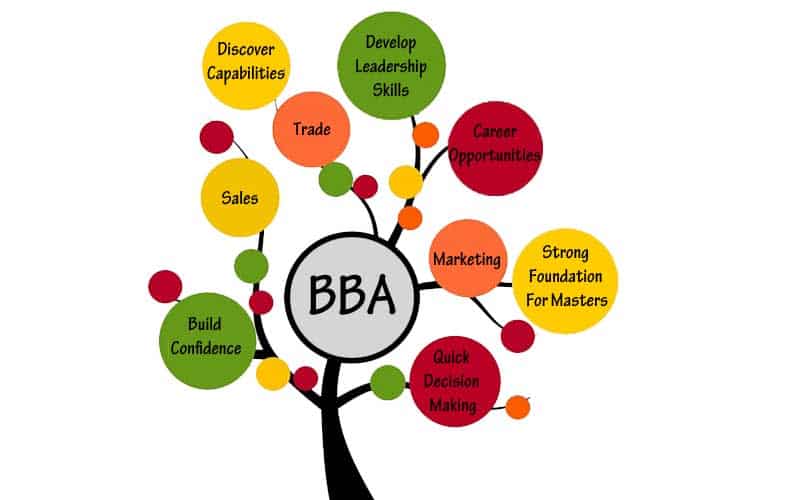 SIMT
SITASRM INSTITUTE OF MANAGEMENT & TECHNOLOGY
SIMT
SITASRM INSTITUTE OF MANAGEMENT & TECHNOLOGY
 SIMT
SITASRM INSTITUTE OF MANAGEMENT & TECHNOLOGY
SIMT
SITASRM INSTITUTE OF MANAGEMENT & TECHNOLOGY

SIMT
SITASRM INSTITUTE OF MANAGEMENT & TECHNOLOGY
Menu
Why MCA Students Must Embrace Full Stack Development

What if you could build an entire app front to back all by yourself? Sounds cool, right? That’s the magic of full stack development.
In a world where tech moves faster than memes on Instagram, companies need developers who can do it all. Design the interface, write the logic, connect the database a full-stack superhero.
Now, here’s a fact: According to LinkedIn, full-stack developers are among the top 3 most in-demand tech professionals worldwide.
Still, thinking about whether it’s worth your time? Let’s put it this way; learning only front-end or back-end today is like learning to cook only starters and skipping the main course.
If you’re an MCA student dreaming of a career in tech, full-stack development isn’t optional; it’s essential.
Let’s dive into why it matters, what it takes, and how it can launch your career into orbit
What Is Full Stack Development?
Let’s start with the basics.
Full stack development refers to the practice of working on both the front-end (client side) and back-end (server side) of web applications. A full-stack developer is a tech all-rounder, capable of designing intuitive user interfaces and writing the code that powers everything behind the scenes.
In simple terms, a full-stack developer can build a complete, functional website or application, from the database to the browser.
Front-End vs. Back-End: Bridging the Gap
To understand full-stack development, MCA students need to differentiate between its two main components:
-
Front-End Development: This is what users interact with. It includes HTML, CSS, JavaScript, and frameworks like React, Angular, or Vue.js. It’s about user experience, layout, and visual appeal.
-
Back-End Development: This is what makes the front end functional. It involves databases, server logic, and APIs, typically using languages like Python, Java, PHP, Node.js, and tools like MySQL, MongoDB, or PostgreSQL.
A full-stack developer knows how to make both ends work together seamlessly, resulting in robust, scalable applications.
Why MCA Students Must Embrace Full-Stack Development
MCA programs are designed to build strong foundations in computer science. But the tech world demands more than just theory.
Here’s why every MCA student should seriously consider mastering full stack development:
1. Massive Demand in the Job Market
Companies are hungry for developers who can manage both ends of the development spectrum. Hiring a full stack developer reduces the need to bring in separate front-end and back-end engineers. This cost-efficiency makes full-stack professionals highly desirable.
2. Versatile Skill Set
Learning full stack development equips you with a broad, flexible skill set. Whether you work at a startup or a tech giant, your ability to handle diverse tasks from UI design to database queries; makes you indispensable.
3. Better Pay and Faster Growth
Because of their wide-ranging expertise, full-stack developers often earn higher salaries than their specialized counterparts. Companies value multi-talented developers, offering them leadership roles and faster promotions.
4. Perfect for Freelancing and Startups
Want to launch your own app or work independently? With full-stack skills, you can create complete digital products on your own; no need to hire a team.
Core Technologies Every Full-Stack Developer Should Learn
To become a proficient full stack web developer, MCA students should focus on these key technologies:
Front-End Essentials:
-
HTML5, CSS3, and JavaScript
-
Frameworks: React.js, Vue.js, or Angular
-
Responsive design with Bootstrap or Tailwind CSS
Back-End Must-Haves:
-
Languages: Node.js, Python, Java, or PHP
-
Frameworks: Express.js, Django, or Spring Boot
-
Databases: MySQL, MongoDB, PostgreSQL
Other Tools:
-
Git and GitHub for version control
-
RESTful APIs and JSON
-
Docker, CI/CD pipelines, and basic DevOps concepts
Mastering these technologies can make you job-ready and position you as a capable full-stack developer.
How Full-Stack Development Enhances Problem-Solving Skills
One of the key outcomes of an MCA degree is to nurture logical thinking and problem-solving. Full stack development directly contributes to this by challenging students to think through the entire architecture of a project.
You don’t just code; you architect, debug, optimize, and innovate.
From ensuring front-end responsiveness to handling complex database queries, full-stack projects demand critical thinking, planning, and execution. It’s the perfect playground for honing your programming intellect.
Real-World Applications of Full-Stack Development
Here’s where it gets exciting. By learning full stack development, MCA students can build:
-
E-commerce platforms with admin panels and secure payment gateways
-
Content management systems (CMS) like WordPress clones
-
Social media platforms with authentication and real-time messaging
-
Data dashboards with API integration and data visualization
-
Portfolio websites to showcase their own skills and projects
Imagine adding a real-time chat app or a travel booking system to your resume; it’s not just impressive, it’s career-defining.
Industry Demand and Job Roles
According to recent job portal analytics, “full stack developer” ranks among the top 5 most in-demand tech jobs. Companies across fintech, healthcare, education, e-commerce, and entertainment actively hire for this role.
Common job titles include:
-
Full Stack Developer
-
Software Engineer
-
Web Developer
-
Product Engineer
-
Back-End Developer with Front-End Exposure
With full stack website development skills under your belt, you’re eligible for a diverse range of roles across industries.
Career Path and Salary Expectations
As a full-stack developer, your career trajectory can look like this:
Junior Developer → Full Stack Developer → Senior Developer → Tech Lead → CTO
Salary depends on location, company, and experience. But here’s a general idea (India-based estimates):
-
Entry-Level: ₹4–6 LPA
-
Mid-Level: ₹8–15 LPA
-
Senior-Level: ₹18–30+ LPA
In countries like the US, UK, or Canada, the figures are substantially higher.
Tips for MCA Students to Get Started
-
Start building small projects; a to-do list, blog platform, or portfolio site.
-
Practice daily coding on platforms like LeetCode, HackerRank, and Codeforces.
-
Join communities like Stack Overflow, Reddit’s r/webdev, or local meetups.
-
Create a strong LinkedIn and GitHub presence.
-
Intern with companies that give hands-on web development experience.
Remember, the key is consistency over intensity. Learning full stack development is a marathon, not a sprint.
Conclusion
Let’s face it! The tech world doesn’t need more average coders. It needs smart, versatile, problem-solvers who can build apps from the ground up. That’s exactly what full stack development prepares you for.
As an MCA student, you already have the foundation. Now, it’s time to build the mansion on top.
With full-stack skills in your toolkit, you won’t just apply for jobs; you’ll stand out from the crowd. You’ll speak both front-end and back-end fluently, and companies love a developer who’s bilingual in code.
And hey, whether you dream of freelancing from a beach, working at a unicorn startup, or building your own billion-dollar app; full-stack is your ticket there.
So don’t wait. Start small. Learn every day. Break things, fix them, and grow. Because the future doesn’t belong to the specialist. It belongs to the stack-master.



















































